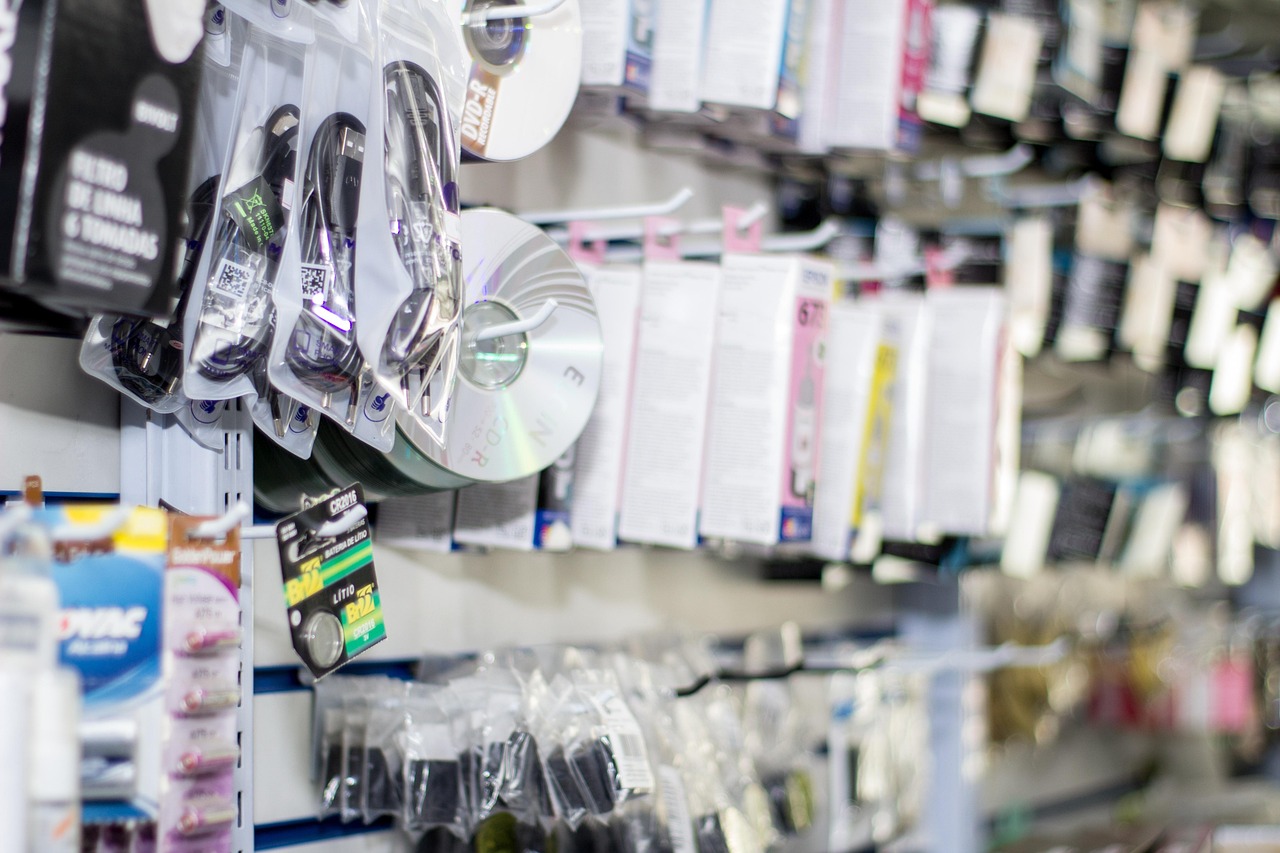Conversion rate optimization (CRO) is the art and science of persuading website visitors to take a desired action. It’s more than just increasing traffic; it’s about maximizing the value of the traffic you already have. Whether it’s signing up for a newsletter, making a purchase, or requesting a demo, CRO focuses on turning browsers into buyers, and passive readers into engaged followers. By understanding your audience and making data-driven improvements to your website, you can significantly boost your conversion rates and unlock the true potential of your online presence.
Understanding Conversion Rate Optimization (CRO)
What is a Conversion?
A conversion is simply a completed goal on your website. This goal can vary greatly depending on your business objectives.
- E-commerce: A purchase of a product.
- Lead Generation: Submitting a form, downloading an ebook, or requesting a quote.
- SaaS: Signing up for a free trial or subscribing to a paid plan.
- Blog: Subscribing to the newsletter, leaving a comment, or sharing content.
The conversion rate is calculated by dividing the number of conversions by the total number of visitors and multiplying by 100. For example, if 1000 people visit your website and 50 make a purchase, your conversion rate is 5%.
Why is CRO Important?
CRO is vital for several reasons:
- Increased ROI: Higher conversion rates mean more revenue from the same amount of traffic. Instead of spending more on attracting new visitors, you’re maximizing the value of those already visiting.
- Improved Customer Acquisition Cost (CAC): By converting more visitors, you lower the cost of acquiring each new customer.
- Better Understanding of Your Audience: CRO involves analyzing user behavior, providing valuable insights into your audience’s needs and preferences.
- Enhanced Website User Experience: CRO often leads to a more user-friendly and intuitive website, resulting in happier visitors.
- Competitive Advantage: Outperforming your competitors in conversion rates can give you a significant edge in the market. Data from Unbounce shows that the average landing page conversion rate across industries is around 2.35%. Optimizing above this helps you stand out.
Key CRO Metrics to Track
Monitoring the right metrics is crucial for measuring the success of your CRO efforts.
- Conversion Rate: The percentage of visitors who complete a desired action.
- Bounce Rate: The percentage of visitors who leave your website after viewing only one page. A high bounce rate can indicate issues with your website’s design, content, or loading speed.
- Exit Rate: The percentage of visitors who leave your website from a specific page. Analyzing exit rates can reveal which pages are causing visitors to abandon the conversion process.
- Average Session Duration: The average amount of time visitors spend on your website. Longer session durations often indicate higher engagement.
- Pages Per Session: The average number of pages visitors view during a session. This metric can provide insights into how well your website is structured and whether visitors are finding the information they need.
- Click-Through Rate (CTR): The percentage of visitors who click on a specific link or call-to-action (CTA).
- Cost Per Acquisition (CPA): The cost associated with acquiring a single customer. CRO can help to reduce your CPA.
Analyzing Your Website and Identifying Opportunities
Website Analytics Tools
Tools like Google Analytics, Adobe Analytics, and Mixpanel are essential for understanding your website’s performance. These tools provide data on:
- Traffic Sources: Where your visitors are coming from (e.g., search engines, social media, email marketing).
- User Behavior: How visitors navigate your website, which pages they visit, and how long they spend on each page.
- Demographics: Information about your visitors’ age, gender, location, and interests.
- Device Types: The types of devices visitors are using to access your website (e.g., desktop, mobile, tablet).
Analyzing this data can reveal areas where your website is performing well and areas that need improvement. For example, you might discover that a significant portion of your traffic is coming from mobile devices, but your mobile conversion rate is low. This could indicate a problem with your website’s mobile responsiveness or usability.
Heatmaps and Session Recordings
Heatmaps and session recordings provide visual insights into user behavior. Tools like Hotjar and Crazy Egg allow you to see:
- Where visitors are clicking: Heatmaps show where users are clicking on your pages, revealing which elements are attracting the most attention.
- How far visitors are scrolling: Scroll maps show how far down the page visitors are scrolling, indicating whether they are seeing important content.
- How visitors are interacting with forms: Form analytics can reveal which form fields are causing users to abandon the form.
- Real-time user sessions: Session recordings allow you to watch real users interact with your website, providing valuable insights into their experience.
For example, if a heatmap shows that users are clicking on a non-clickable element, it could indicate that the element is misleading or confusing.
User Surveys and Feedback
Collecting feedback directly from your users can provide valuable qualitative insights.
- On-site surveys: Use tools like SurveyMonkey or Qualtrics to create short surveys that appear on your website. Ask visitors about their experience, their goals, and any pain points they encountered.
- Exit surveys: Ask visitors why they are leaving your website. This can reveal common reasons for abandonment.
- User testing: Recruit users to test your website and provide feedback. This can be done in person or remotely using tools like UserTesting.com.
- Customer reviews: Monitor online reviews on sites like Yelp, Google Reviews, and industry-specific review platforms.
By combining quantitative data from analytics tools with qualitative feedback from users, you can gain a comprehensive understanding of your website’s strengths and weaknesses.
Implementing CRO Strategies
A/B Testing
A/B testing, also known as split testing, involves creating two versions of a webpage or element and comparing their performance. This is a crucial technique for data-driven decision-making.
- Test one element at a time: Change only one element at a time to accurately measure its impact. This could be the headline, call-to-action button, image, or form fields.
- Use A/B testing tools: Tools like Google Optimize, Optimizely, and VWO make it easy to create and run A/B tests.
- Set clear goals and hypotheses: Before running an A/B test, define what you want to achieve and formulate a hypothesis about which version will perform better.
- Run tests for a sufficient duration: Ensure that your tests run long enough to gather statistically significant data.
- Example: You might test two different headlines on your landing page to see which one generates more leads. Headline A: “Get a Free Quote Today.” Headline B: “Instant Quote: See Your Savings Now.” After running the test, you analyze the data to see which headline resulted in a higher conversion rate.
Optimizing Landing Pages
Landing pages are designed to convert visitors into leads or customers.
- Clear and concise headline: Your headline should immediately grab the visitor’s attention and communicate the value proposition.
- Compelling call-to-action (CTA): Your CTA should be clear, concise, and action-oriented. Use strong verbs like “Get Started,” “Download Now,” or “Sign Up Free.”
- Relevant and high-quality images: Use images that are relevant to your product or service and that showcase its benefits.
- Social proof: Include testimonials, reviews, and case studies to build trust and credibility.
- Minimize distractions: Remove unnecessary links and navigation elements to keep visitors focused on the conversion goal.
- Mobile optimization: Ensure your landing pages are fully responsive and optimized for mobile devices. According to Statista, mobile devices accounted for 58.99% of global website traffic in the first quarter of 2024.
- Example: A SaaS company offering project management software might create a landing page with a headline like “Simplify Project Management with Our Powerful Software,” a clear CTA like “Start Your Free Trial,” and testimonials from satisfied customers.
Improving Website Navigation and User Experience
A user-friendly website is essential for driving conversions.
- Simple and intuitive navigation: Make it easy for visitors to find what they’re looking for. Use clear and descriptive labels for your navigation links.
- Fast loading speed: Optimize your website’s loading speed to prevent visitors from abandoning the site. Use tools like Google PageSpeed Insights to identify areas for improvement.
- Mobile-friendly design: Ensure that your website is fully responsive and provides a seamless experience on all devices.
- Clear and consistent branding: Maintain a consistent brand identity across your website, including your logo, colors, fonts, and imagery.
- Easy-to-find contact information: Make it easy for visitors to contact you with questions or concerns.
- Example: An e-commerce website might improve its navigation by adding breadcrumbs to help users track their location on the site, optimizing product images for faster loading, and ensuring that the shopping cart is easily accessible from all pages.
Advanced CRO Techniques
Personalization
Personalization involves tailoring the website experience to individual users based on their behavior, demographics, and preferences.
- Dynamic content: Display different content to different users based on their location, browsing history, or past purchases.
- Personalized recommendations: Recommend products or services that are relevant to the user’s interests.
- Targeted email marketing: Send personalized email messages based on the user’s behavior on your website.
- Example: An e-commerce website might personalize the homepage to show products that are similar to those the user has previously viewed or purchased.
Chatbots and Live Chat
Chatbots and live chat can provide instant support to visitors and help them through the conversion process.
- Answer frequently asked questions: Provide quick answers to common questions to reduce friction and improve the user experience.
- Guide visitors through the sales funnel: Help visitors find the information they need and guide them towards a conversion.
- Offer personalized support: Provide customized assistance based on the visitor’s needs and preferences.
- Example: A SaaS company might use a chatbot to answer questions about pricing, features, and implementation, and to help visitors sign up for a free trial.
Exit-Intent Pop-Ups
Exit-intent pop-ups are triggered when a visitor is about to leave your website.
- Offer a discount or promotion: Entice visitors to stay by offering a discount or promotion.
- Capture email addresses: Offer a valuable resource, such as an ebook or checklist, in exchange for the visitor’s email address.
- Redirect visitors to another page: Suggest related content or a more relevant product page.
- Example: An e-commerce website might display an exit-intent pop-up offering a 10% discount to visitors who are about to abandon their shopping cart.
Conclusion
Conversion rate optimization is an ongoing process that requires continuous testing, analysis, and refinement. By understanding your audience, identifying opportunities for improvement, and implementing data-driven strategies, you can significantly boost your conversion rates and achieve your business goals. Remember to focus on providing a user-friendly experience, building trust, and making it easy for visitors to take the desired action. Embrace the iterative process of testing and learning, and you’ll be well on your way to maximizing the value of your online presence.




